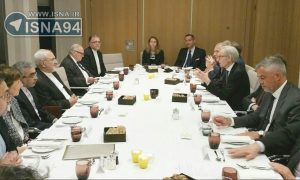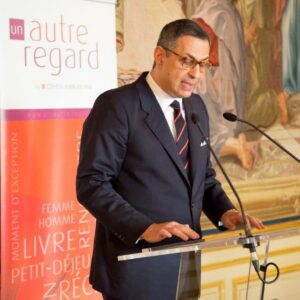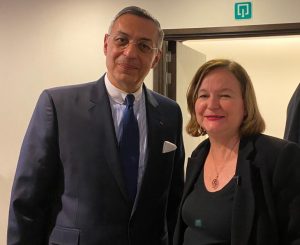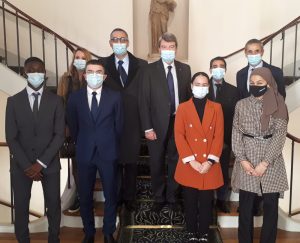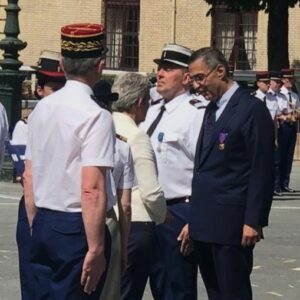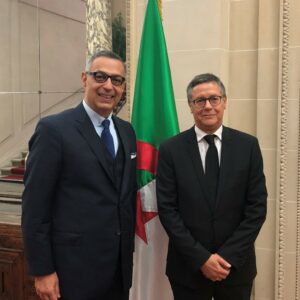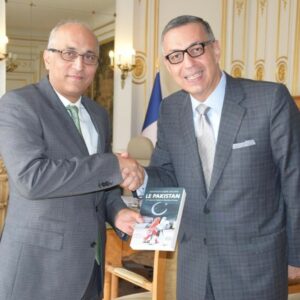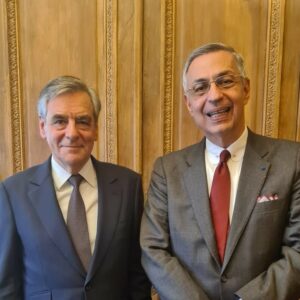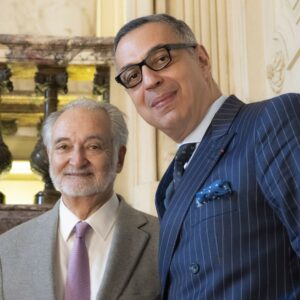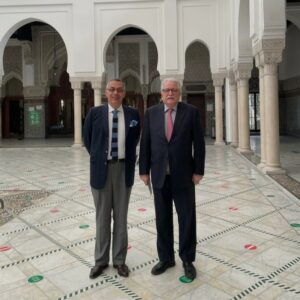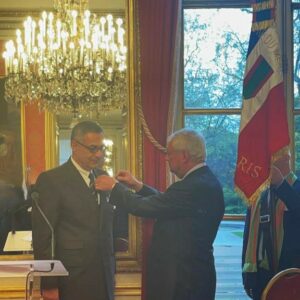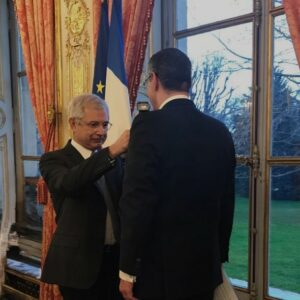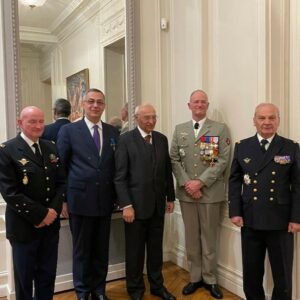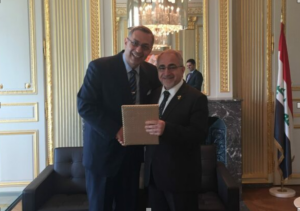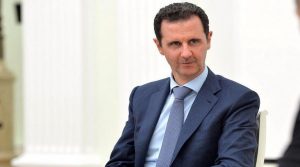
The shaky status quo in Syria’s northwest area, one of the few remaining pockets where remnants of the Syrian opposition are concentrated (and the most populous one), gave out last week. The area had been relatively quiet since September, after an agreement between Turkey and Russia suspended an anticipated government offensive to take it by force, which would have likely resulted in significant civilian casualties. The agreement, which was never fully implemented but held nonetheless, put much of the burden on Turkey, who was to ensure the withdrawal of extremist groups, namely a coalition of al Qaeda-affiliated armed groups called Hay’at Tahrir al Sham (HTS). It also envisioned a demilitarized zone in the area that would be absent of heavy weaponry, and the opening of the segments of the M4 (Aleppo-Lattakia) and M5 (Aleppo-Hama) highways that passed through this area, which was particularly important for the Assad government to resume trade.
However, recent in-fighting between HTS and the National Liberation Front (NLF), the other major coalition of armed groups in the area who is backed by Turkey, ended with the complete capitulation of the NLF and resulted in a ceasefire agreement that more closely resembles a surrender. According to the HTS-NLF ceasefire, while the NLF’s armed forces will continue to remain in certain areas, civilian administration will be entirely turned over to HTS’s administration branch, the Syrian Salvation Government. This development signals HTS’ assertion of total civilian authority in the enclave along with overwhelming military control, not only indicating Turkey’s failure to keep the terms of its agreement with Russia, but by default necessitating that any future discussions over the area must include HTS participation and buy-in. It also provides justification for the Assad government and Russia to resume military operations on the area and brings the Assad government one step closer to controlling Syria in its entirety. In other words, it is the de facto end of the Turkey-Russia agreement that staved off the government offensive in the area and puts this option squarely back on the table.
It is worth considering these developments against a backdrop of increased international confusion regarding Syria, particularly over the past month stemming from the mixed signals sent by the Trump administration regarding US presence in the northeast of the country. After President Trump’s announcement of almost immediate withdrawal was extended and muddled by further statements from him and various other US officials, it was announced last week that the withdrawal had officially begun. If and when the withdrawal is completed, the fate of this area and the Kurdish-dominated Syrian Democratic Forces (SDF) will in large part be left to the same actors who are involved in northwest Syria: Turkey, Russia, and the Assad government. Though US officials are scrambling across diplomatic channels to protect their SDF partners, determining their fate or the future of this area is neither in the US operation’s mandate nor capacity to influence in their current form.
To further add to the confusion, Secretary of State Mike Pompeo made a speech in Cairo last week, where he stated in no uncertain terms that the US is committed to expelling “every last Iranian boot,” and confirmed that the US would not provide any reconstruction funds to the Assad government “until Iran and its proxy forces withdraw.” This is a pipe dream if there ever was one: Iran is quite unlikely to cede its position in Syria willingly after such a hard-earned victory, nor does it have any reason to sever its ties with the Assad government who it dedicated substantial financial and military resources to keep in place. Realistically, given the current mood of the US public opinion and the White House which is very wary of getting involved in the Middle East, it is safe to assume that Secretary Pompeo’s words are just that – words.
Returning to northwest Syria, it is now up to the Assad government, Russia, and Turkey to decide the fate of this area. Turkey has legitimate concerns that a military operation to take northwest Syria would result in a humanitarian catastrophe, not to mention the flight of the area’s some three million residents to the Turkish border. However, Turkey is far more interested in northeast Syria, where the US withdrawal leaves behind a battle-hardened and well-armed SDF which Turkey considers among its highest security threats. Indeed, there are almost daily reports of an anticipated Turkish operation to take Manbij. As such, this may mean Turkey is willing to concede northwest Syria to the Assad government and Russia, in return for a favorable arrangement in northeast Syria. Whatever the three parties decide, it will also likely establish the foundation for future collaboration between the Assad government and Turkey in this final episode of the Syrian conflict.
By Ardavan Amir-Aslani



